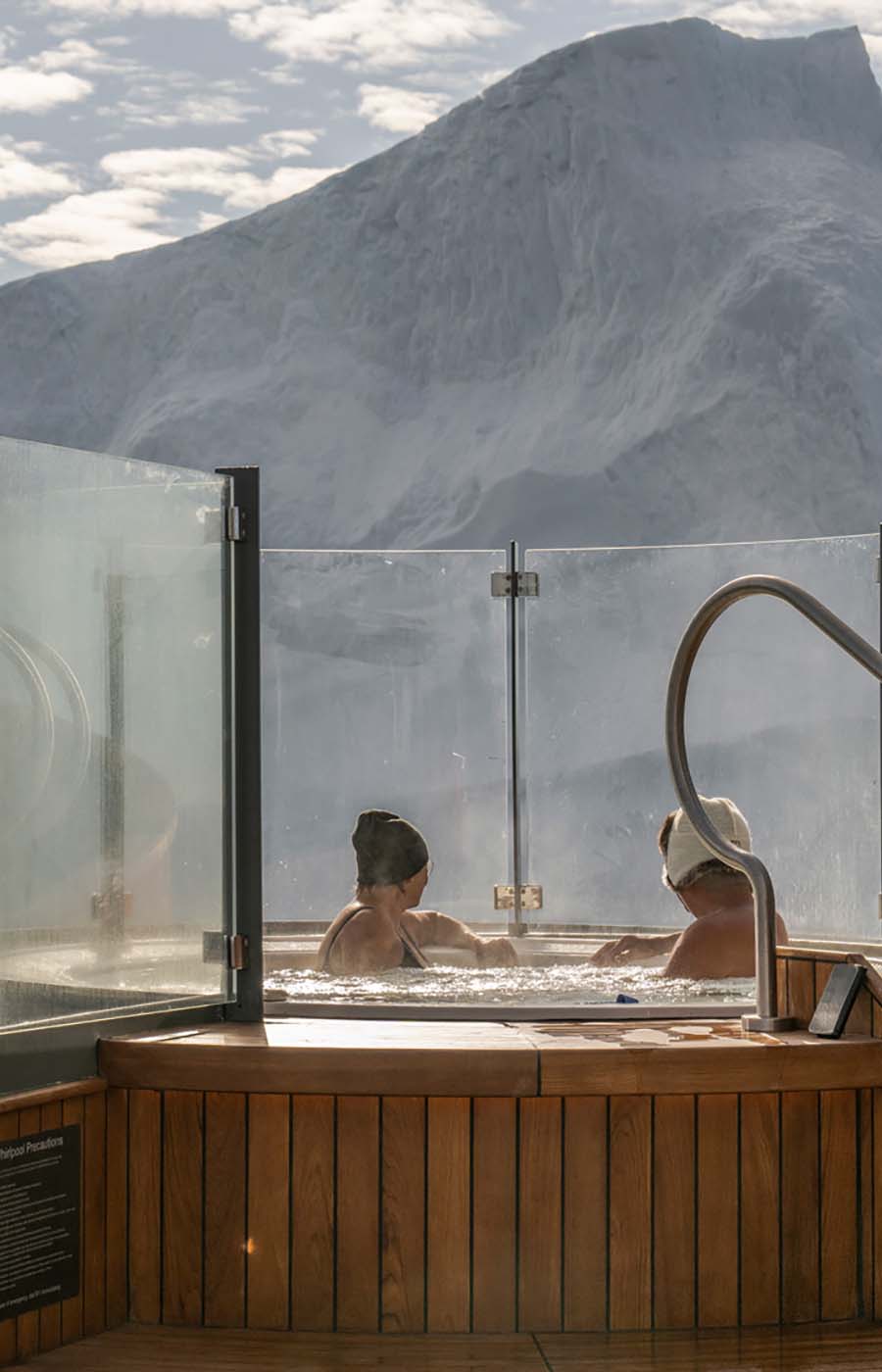A trip to Dubai isn’t complete without an extravagant afternoon spent drinking tea and eating pastries and sandwiches.
Built in 1999 and located on a man-made island, the Burj Al Arab pushes the concept of “luxury” about as far as it can go. The Burj Al Arab, which resembles the shape of a sail with is modern, swooping, smooth-edged shape, was built at a cost of around $1 billion. Fortunately, you don't have to have a reservation to enjoy some afternoon tea in this tower of luxury.
Where to begin? The hotel’s lobby is nearly 600-feet tall, filled with towering columns covered in gold leaf and featuring an opulent fountain. The hotel has 56 floors and has over 200 luxury suites. There are nine different restaurants, including one with its own aquarium. In each room, there are gold plated tablets, and guests are given the choice of more than 10 different kinds of pillows while having access to 24-hour butler service.
There’s a private beach and atop the building there’s a helipad, which is where the world’s most famous golfer once hit a tee-shot and where two tennis giants once played a breathtaking match. If you’re enough of a VIP, a hotel bridge will shoot out fire to announce your arrival. The Burj Al Arab has been given the five-star designation—the highest a hotel can receive—but it’s still sometimes incorrectly referred to as the world’s only seven-star hotel. And well, maybe it should be.
Related Seabourn itineraries and amenities below
The only people allowed in the hotel are guests or those with reservations to dine. So, even if you can’t swing a stay at Burj Al Arab, you can still gain access to the building if you reserve afternoon tea at the hotel.
There are two options. If you don’t have any younger guests, then go have your tea at the Skyview Bar, on the hotel’s top floor. It offers incredible panoramic views. There’s a large collection of teas and coffees with towers of sandwiches, pastries, cakes, and clotted cream. The first seating is at 1 p.m. and the second is at 4 p.m.—reservations typically get made weeks in advance, so reserve your spot as soon as you can. For guests with under-21 members of their party, there’s also tea in the atrium from 1 p.m. to 5 p.m..
Afternoon tea, of course, began some time during the Victorian era in the United Kingdom. It was meant as a time to luxuriate among friends for a couple lazy hours with snacks and tea. A survey found that around a quarter of residents in the UAE consider the idea of “luxury” as a part of their lifestyle, and so the tradition eventually caught on in the UAE and has spread across society in various forms. Most of the major hotels in Dubai now offer afternoon teas; some hew toward tradition—only use a certain kind of china, don’t touch the glass with your spoon—while others have remixed the concept with Arab influences and other traditions.
Guests of the hotel are given complimentary access to a local waterpark for as long as their stay lasts. It has over 30 different rides and is built around a story out of Arabian folklore. Given the location of the hotel—again, on its own island—there is plenty of fishing, water-skiing, and jet-skiing on offer, too. A little farther out on the water, there’s the World Islands, a manmade collection of islands that look like a map of the world. Back on the mainland, there is, believe it or not, an indoor ski resort. And down the street, there’s a 780,000 square-foot garden with millions of varieties of flowers and plants.

